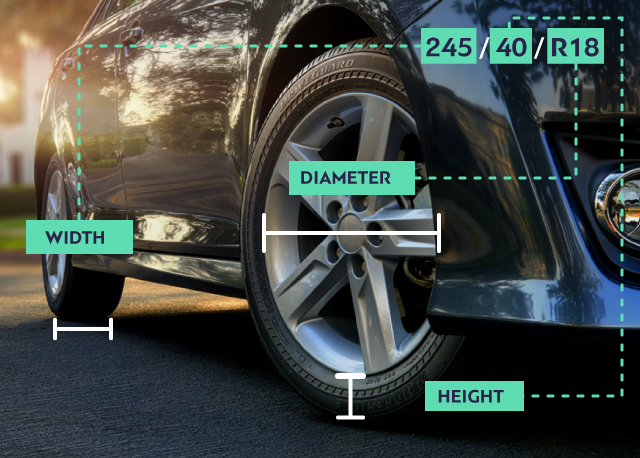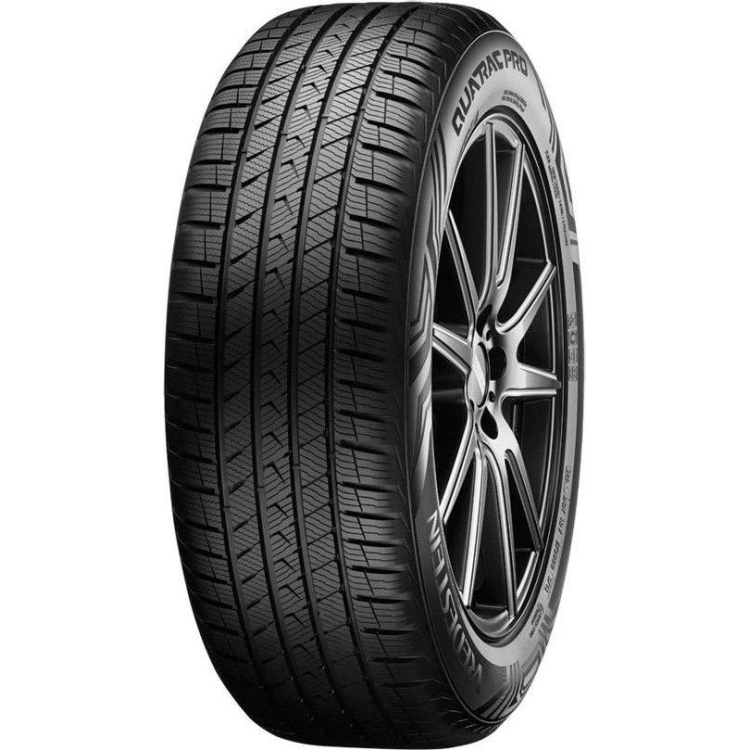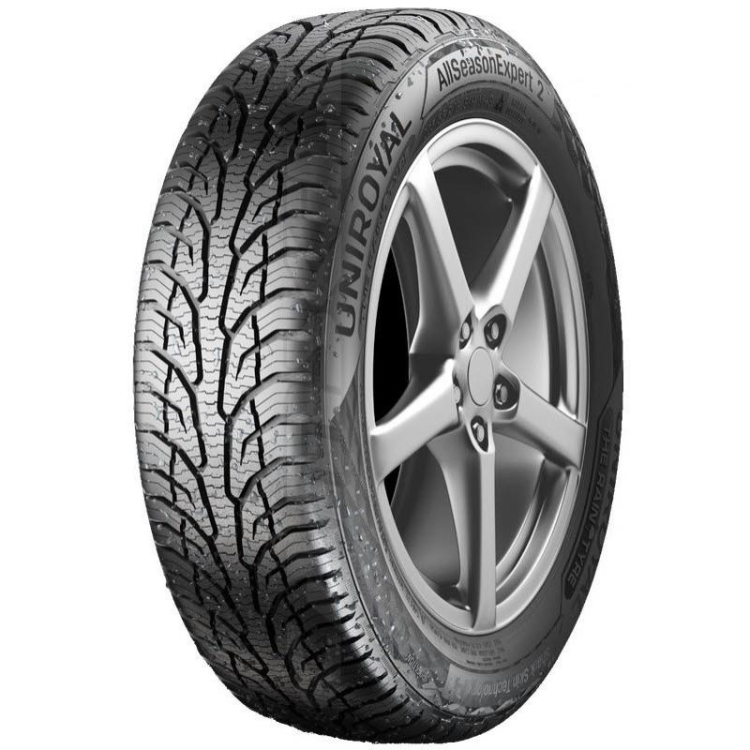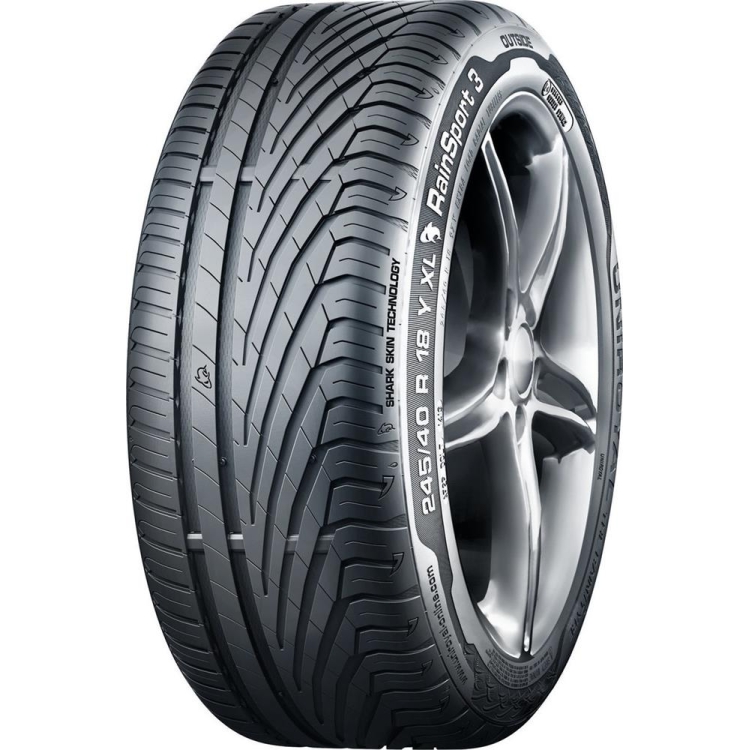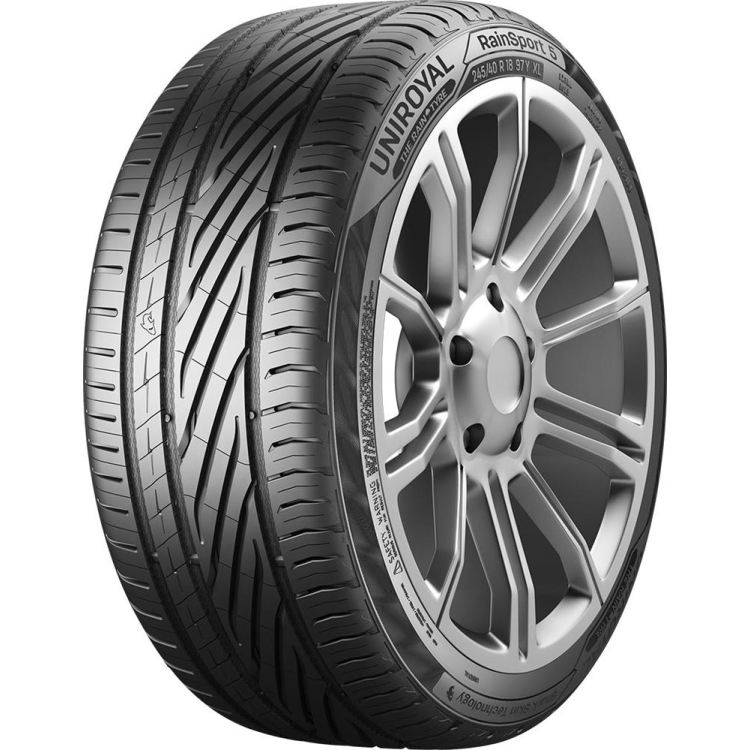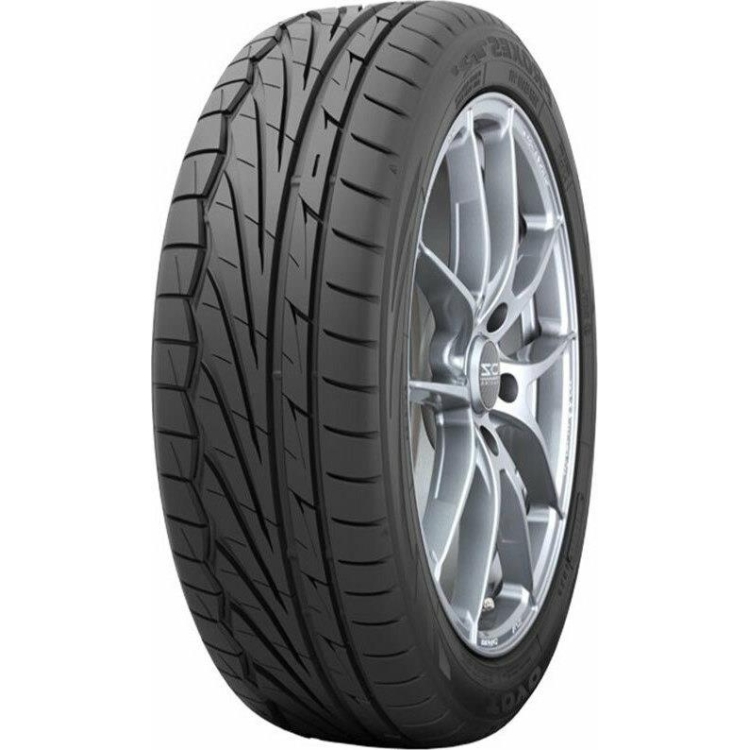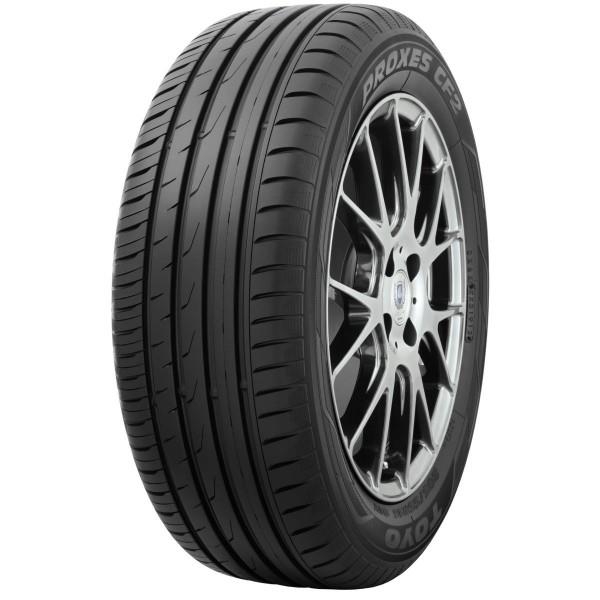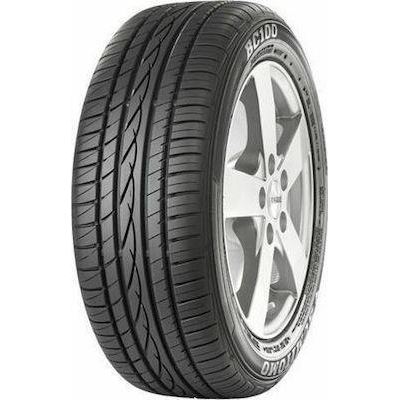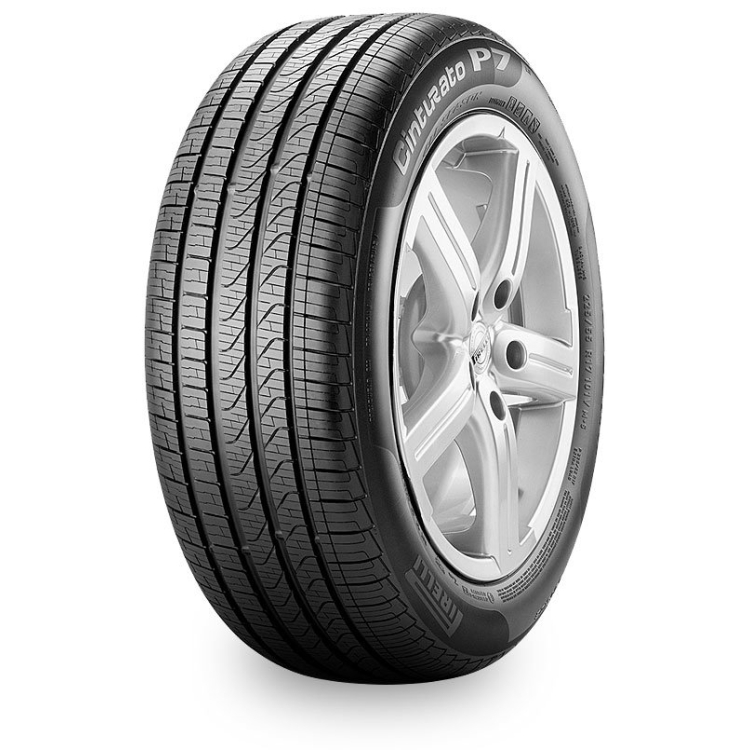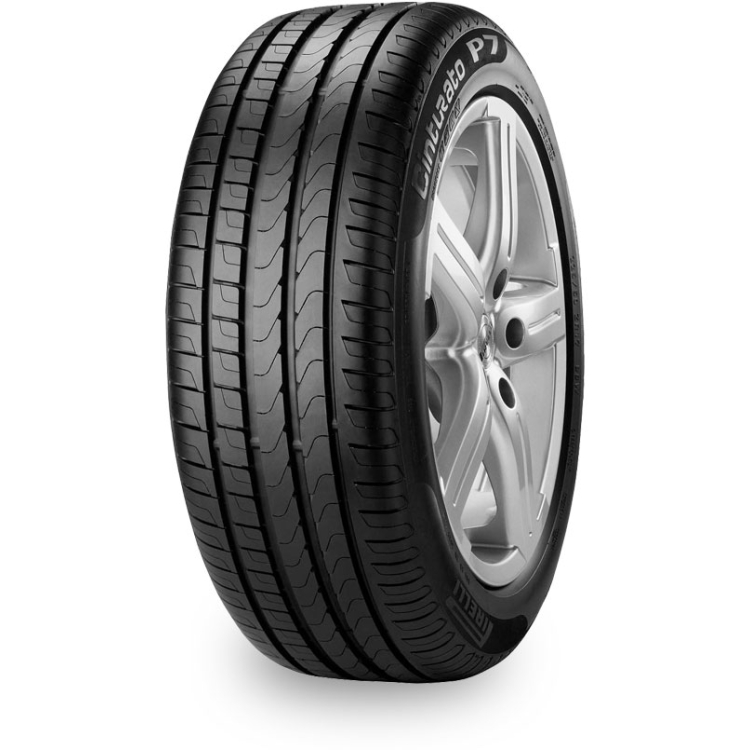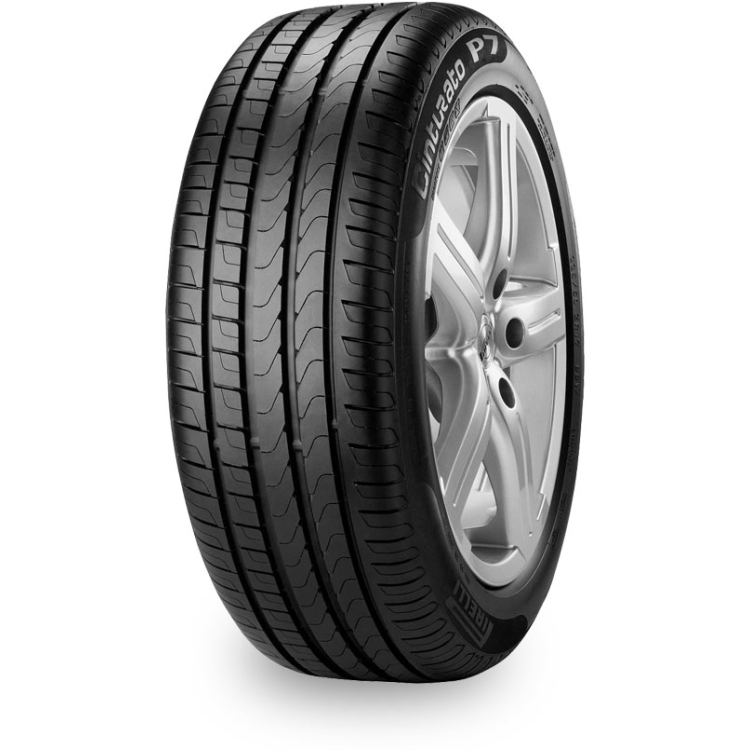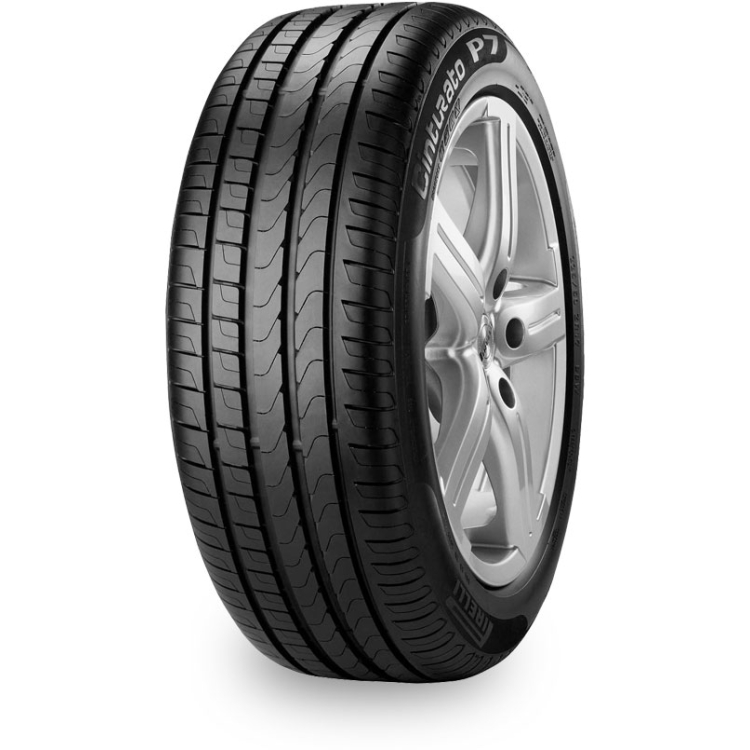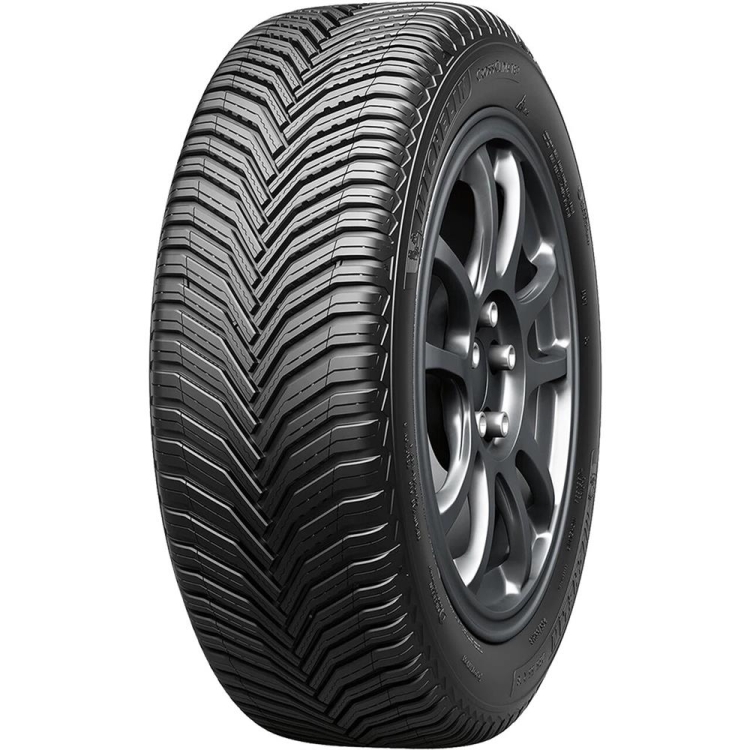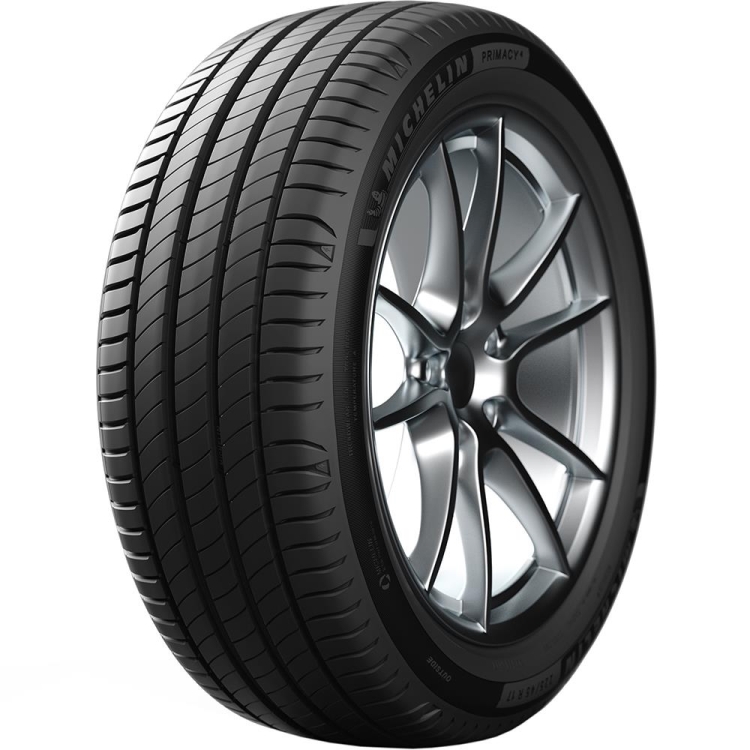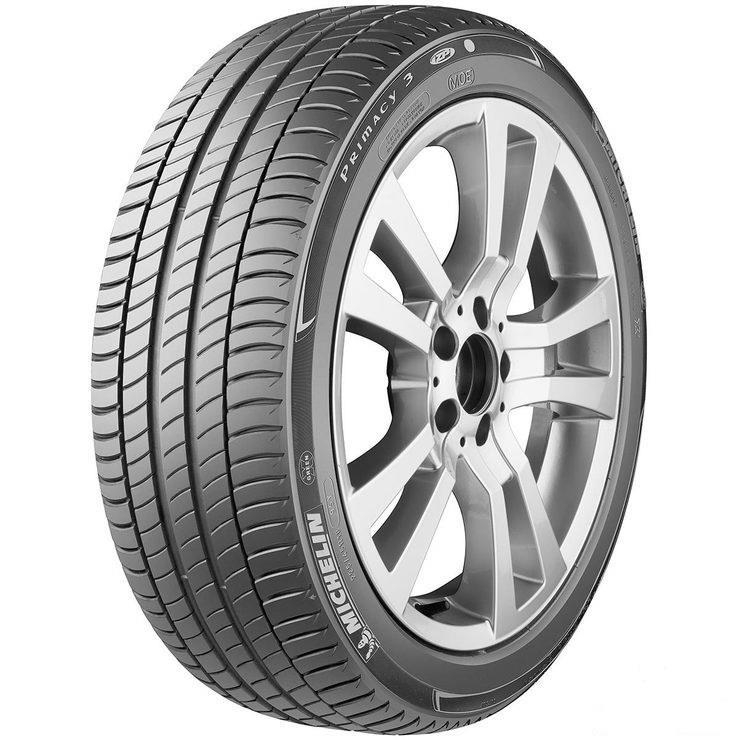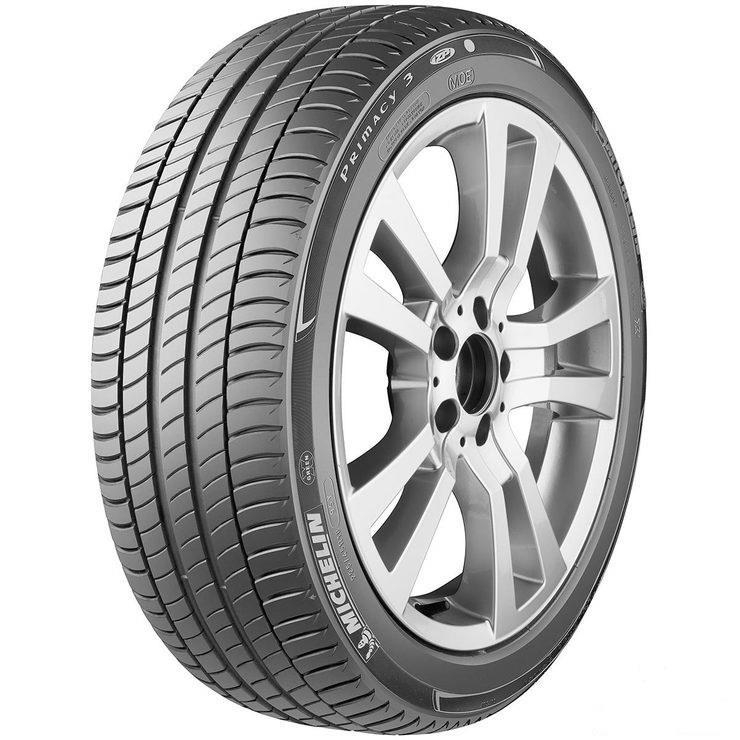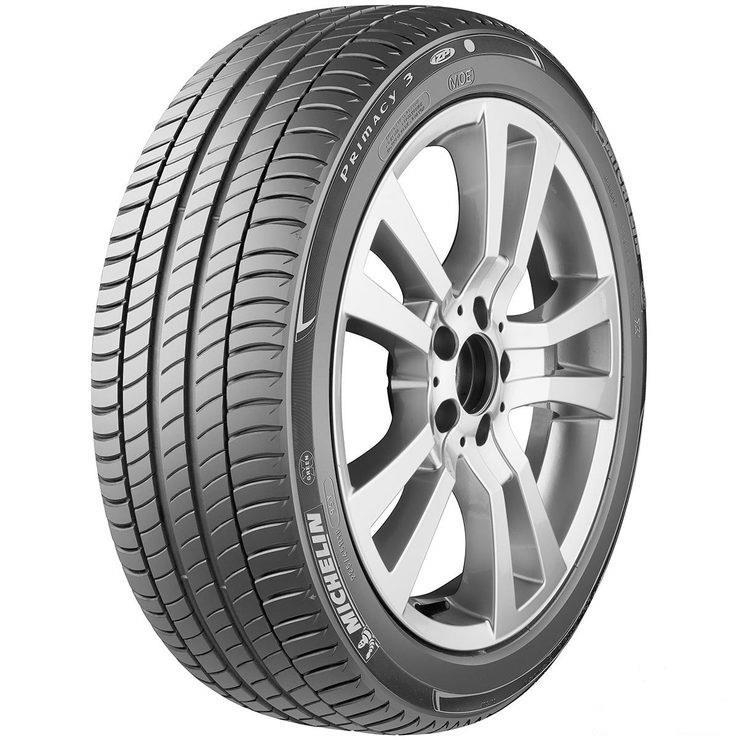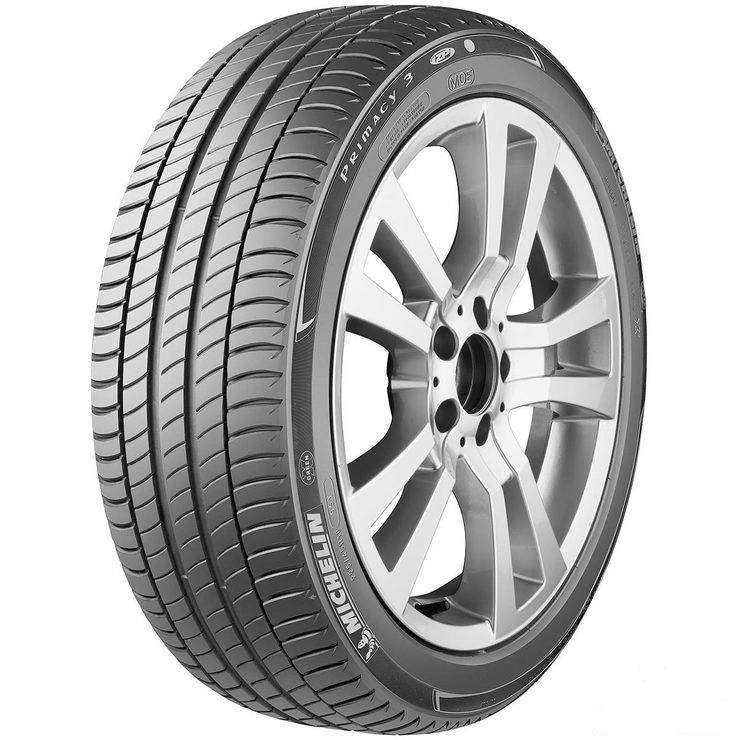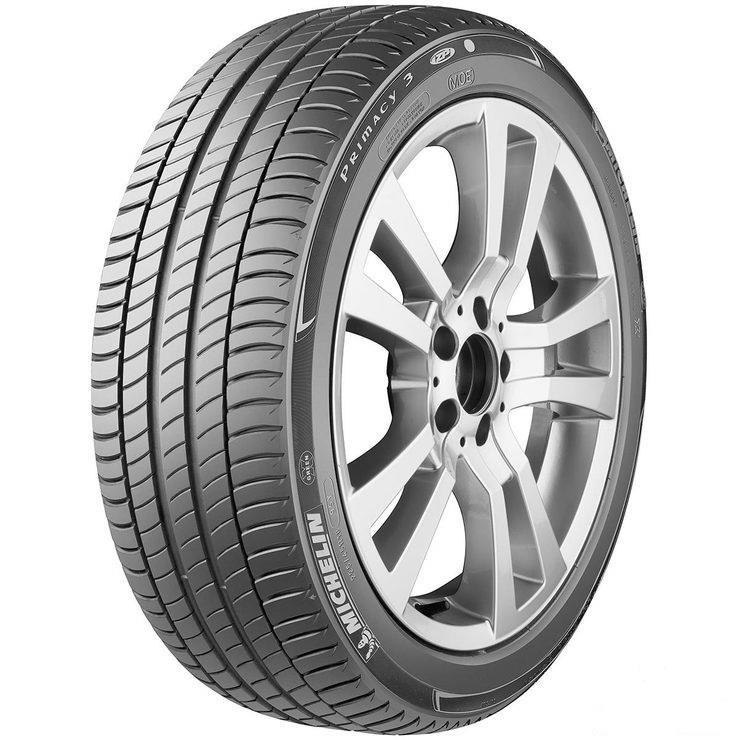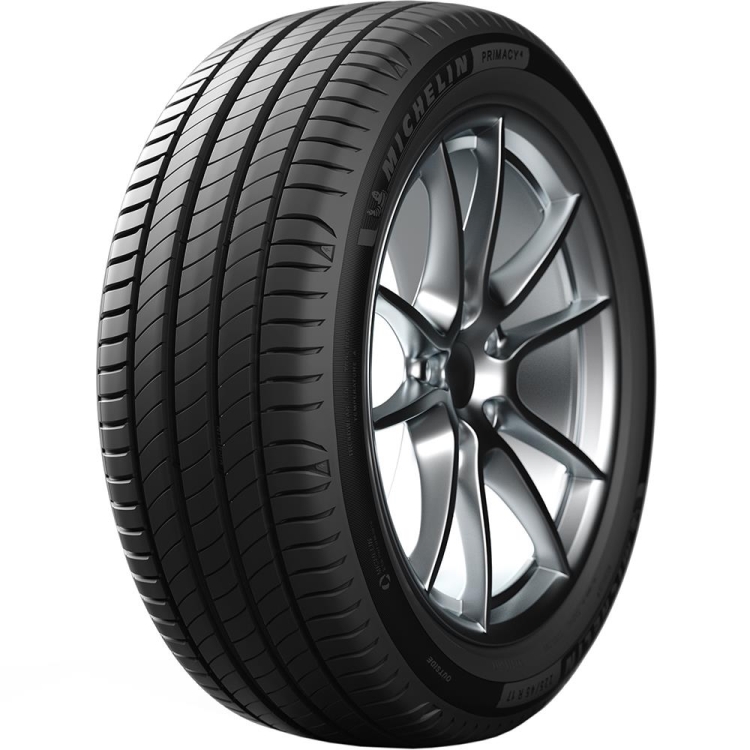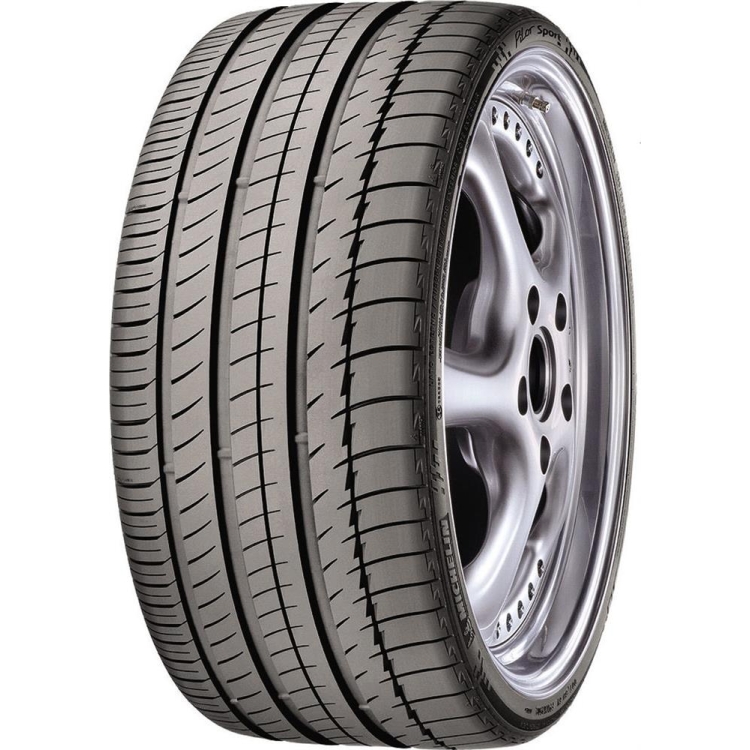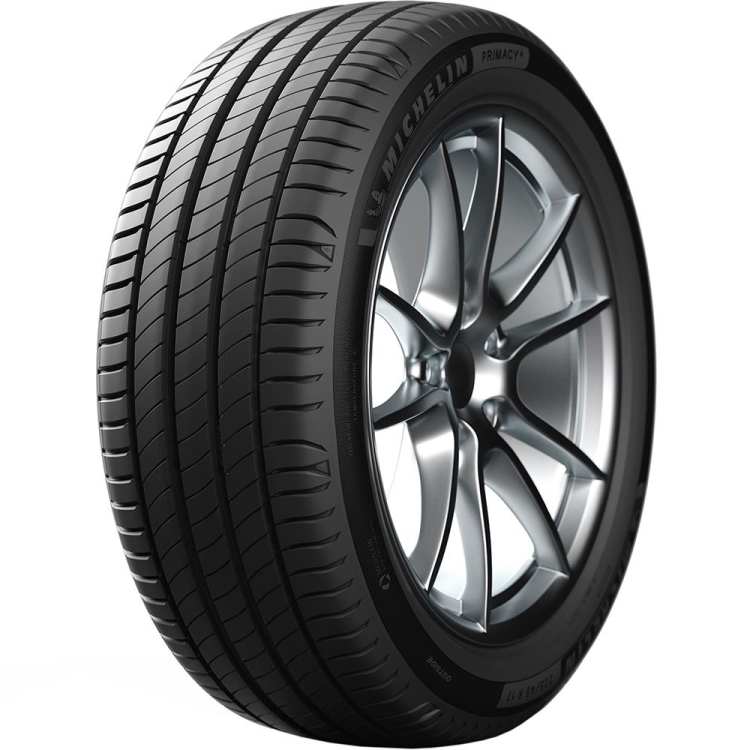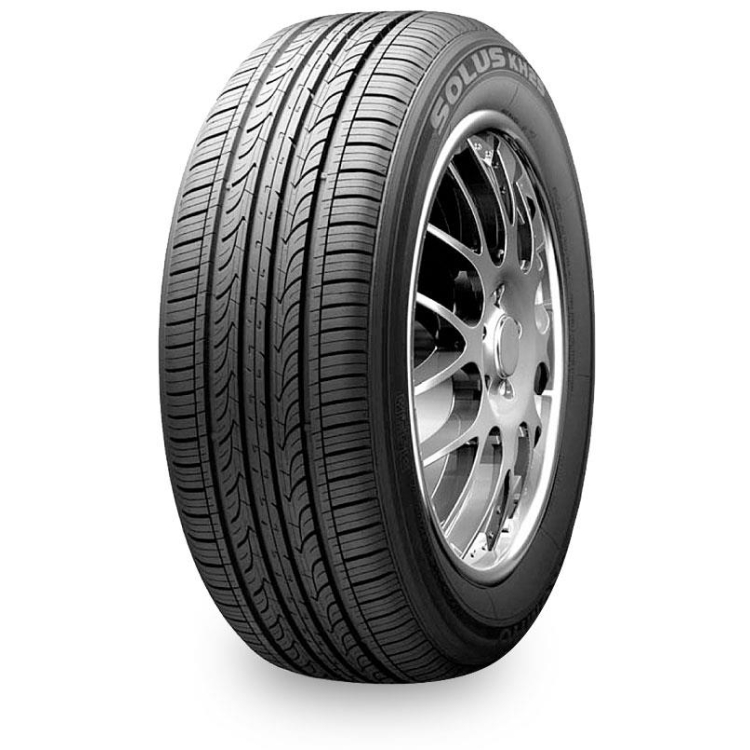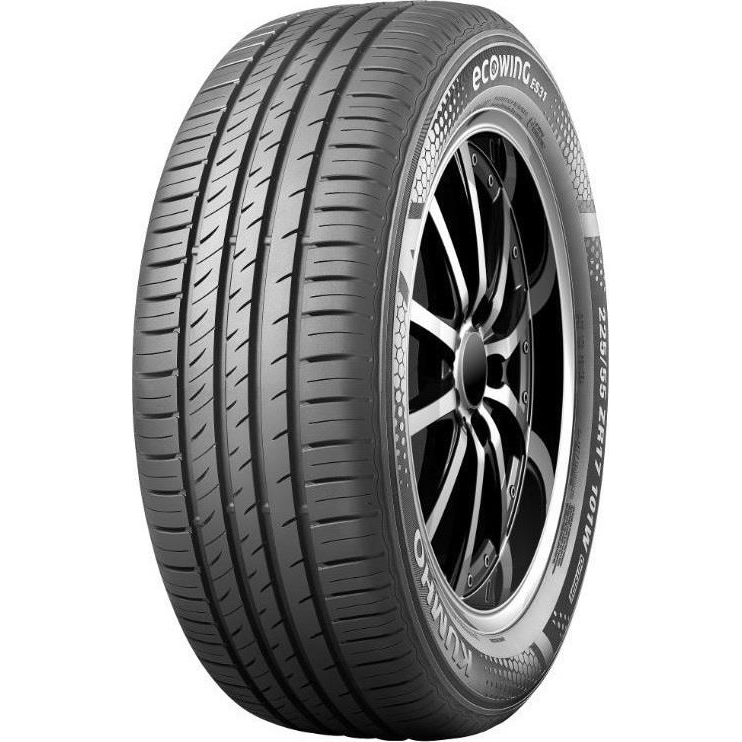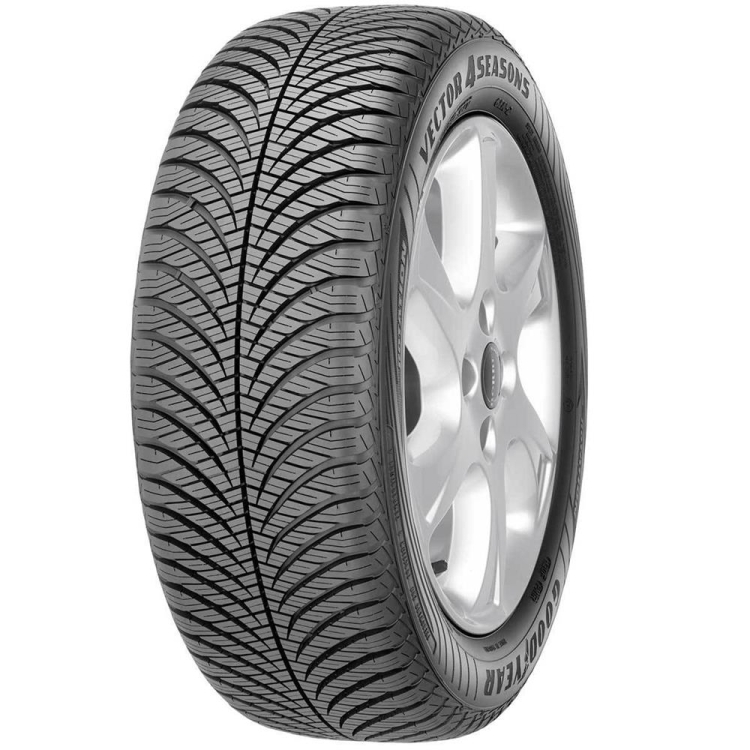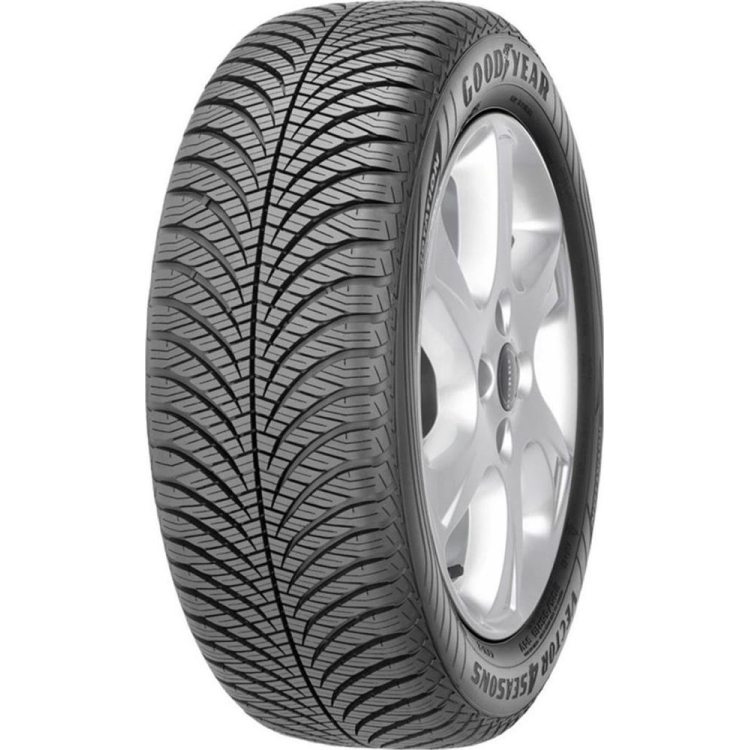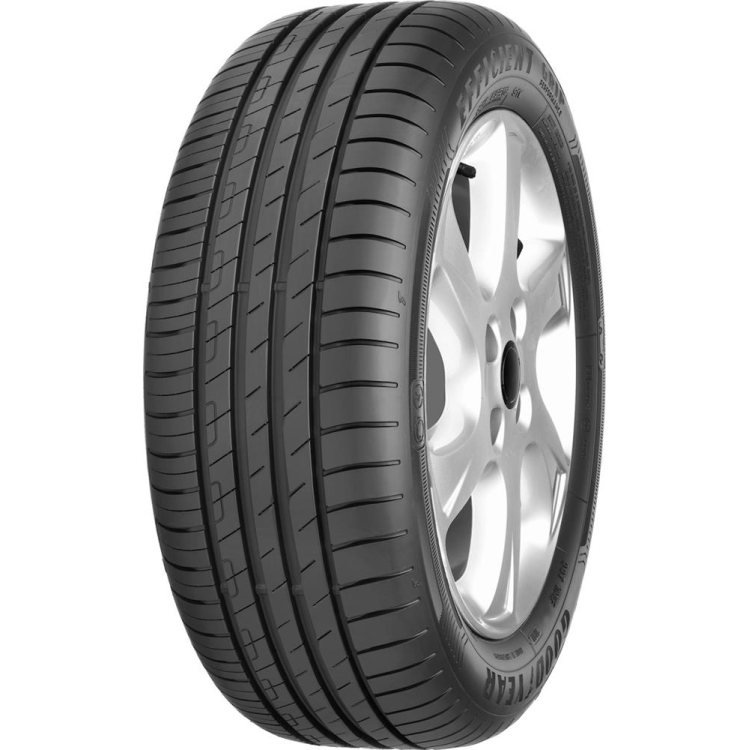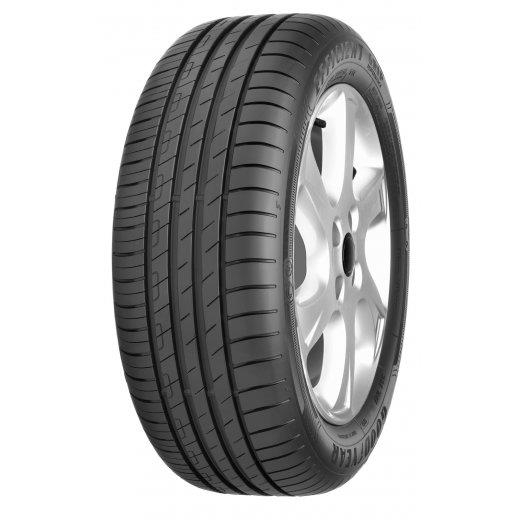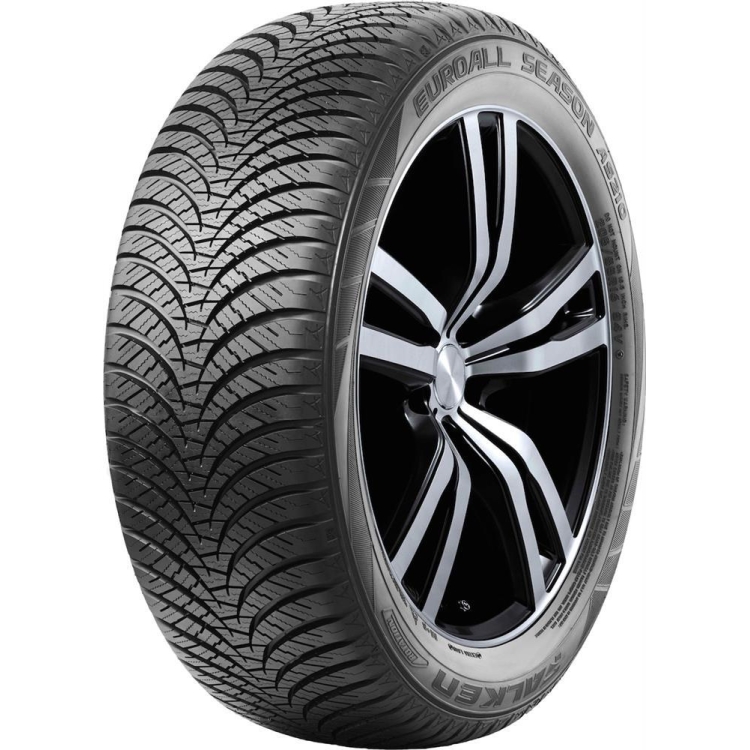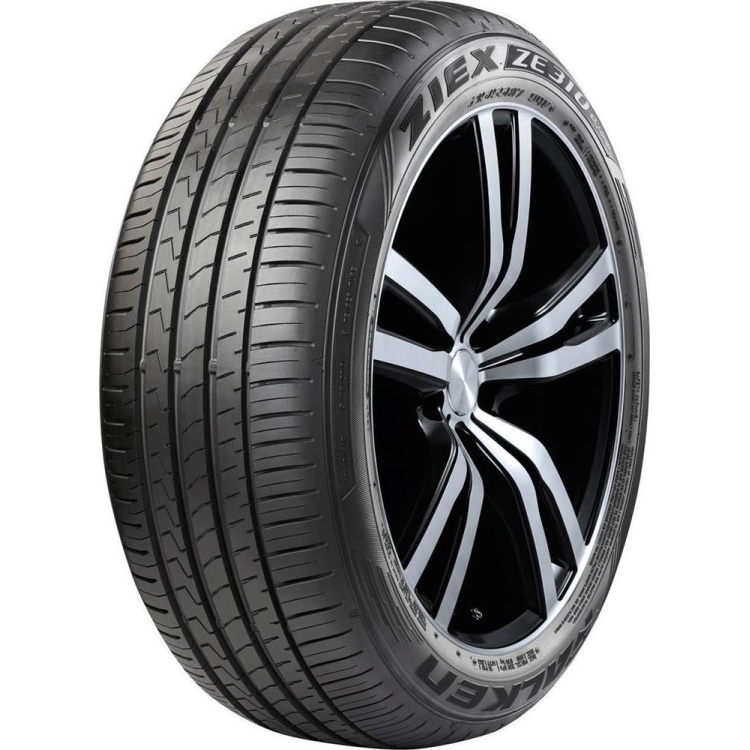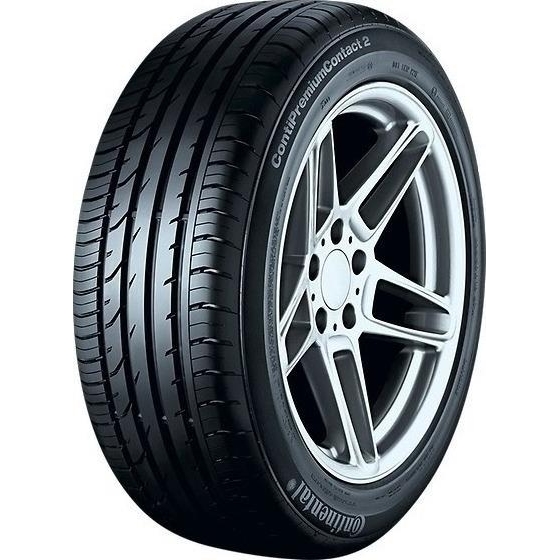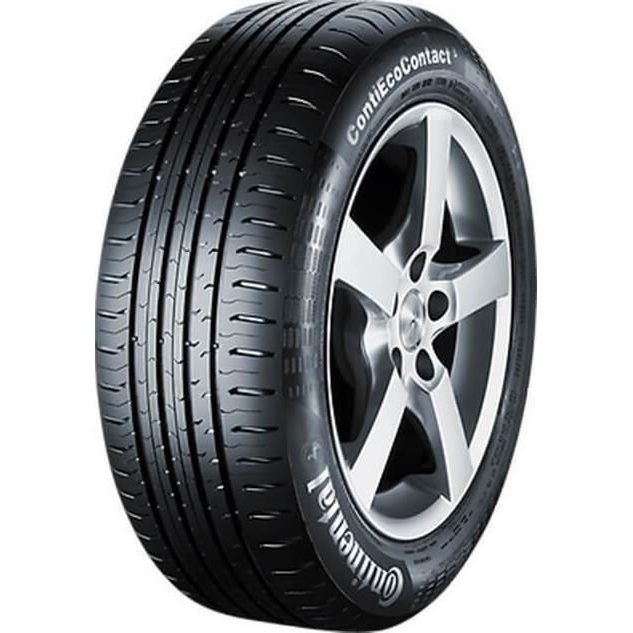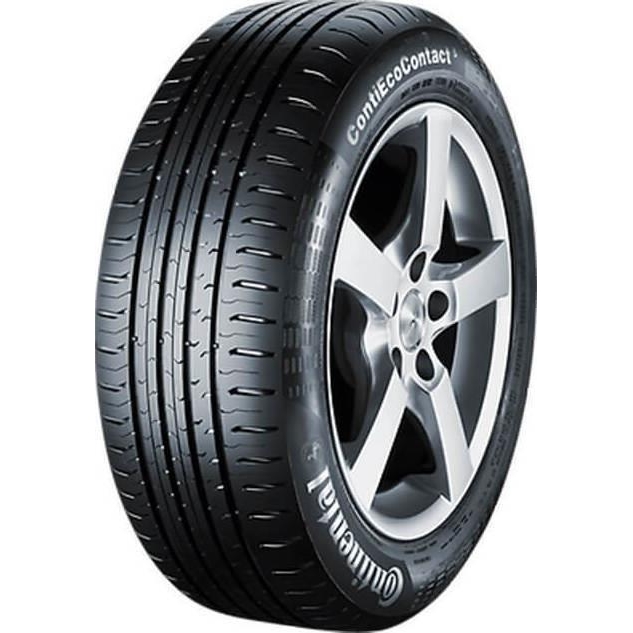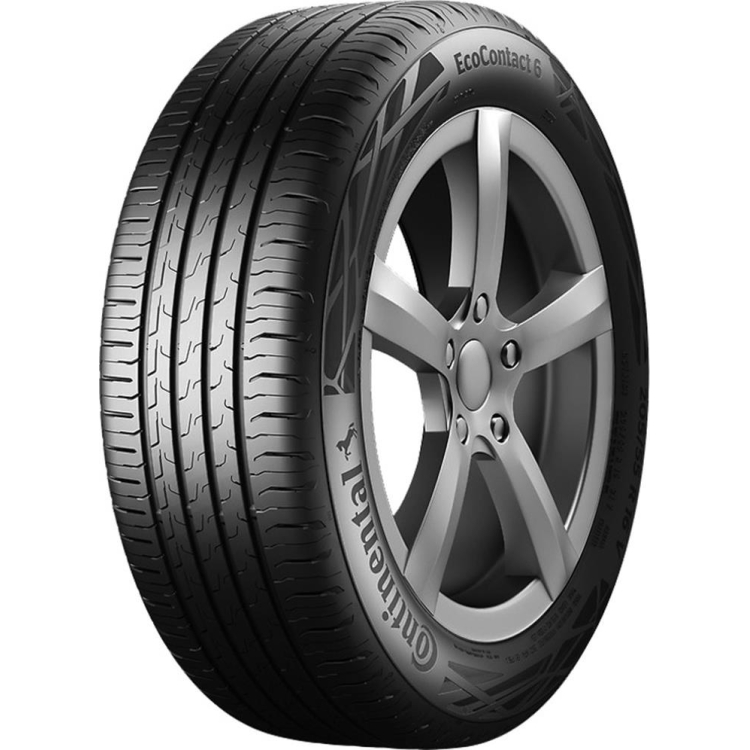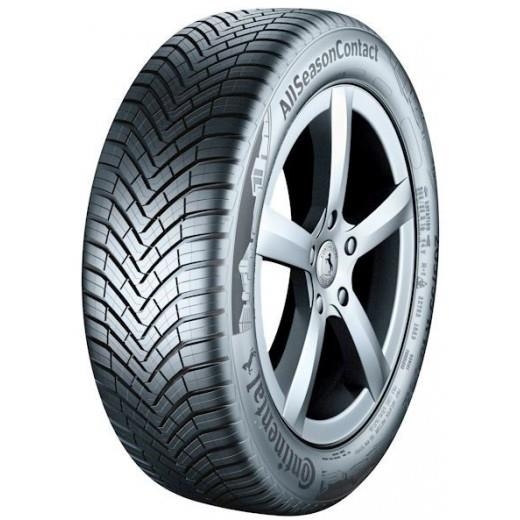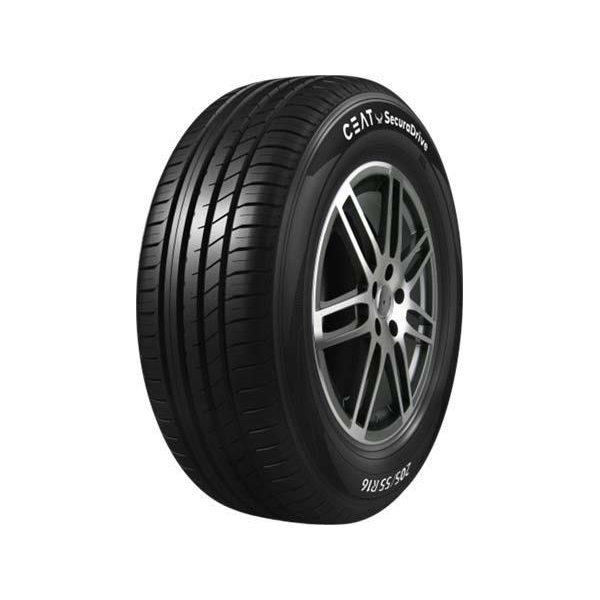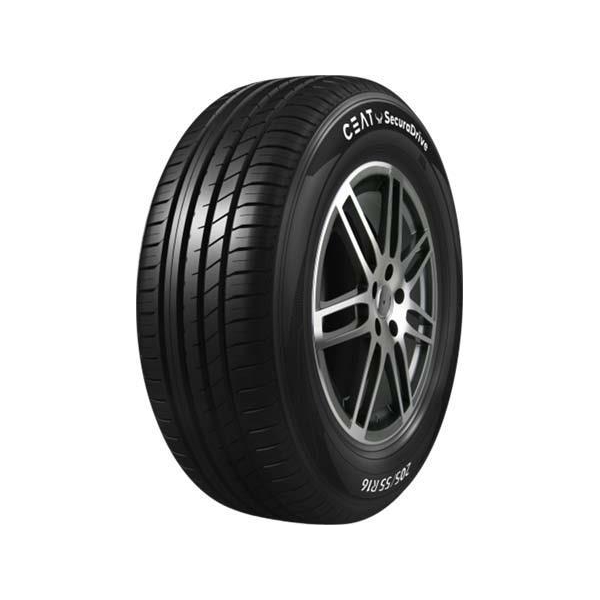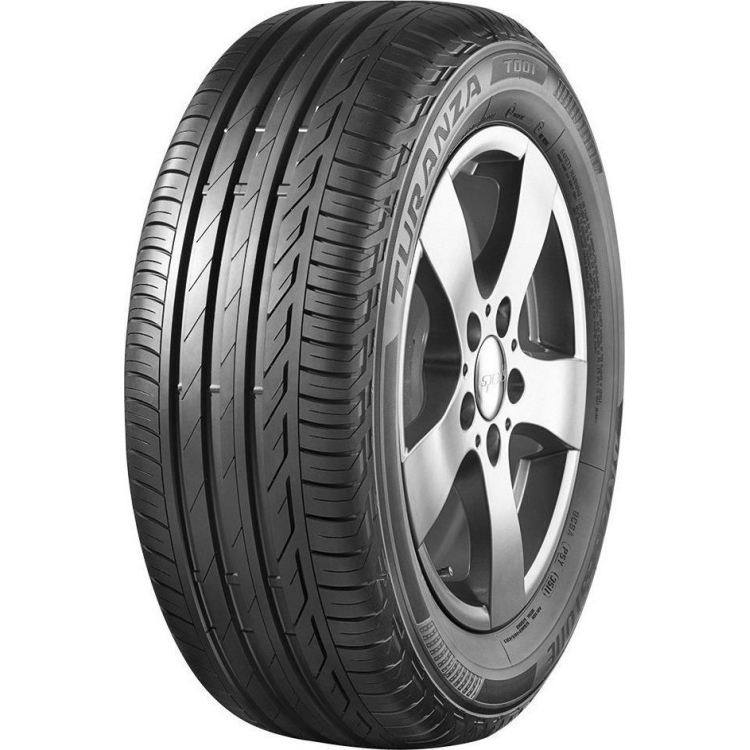

Tyres Pirelli 205/55/17 Cinturato P7 95V XL for cars
WHILE STOCK LAST
- Description
- Videos
- Attributes
- Interest rates
- F.A.Q.
- Country of origin
- Payment methods
- Order
- Wheel alignment
Description
Pirelli P7 Cinturato All Season is an all-season tyre designed specifically with passenger cars in mind.
The model features an asymmetric tread composed of two independent parts that are responsible for different aspects of performance.
The wide grooves quickly expel water and effectively dry the tread, which, in turn, reduces the risk of aquaplaning.
As a result, grip and driving safety remain at an optimal level, regardless of the weather conditions.
The model was built with the use of a modern rubber compound with reduced weight.
This solution allowed to cut down rolling resistance forces, which translates to lower fuel consumption and decreased emissions of carbon dioxide.
The engineers behind the Pirelli P7 Cinturato All Season also worked to ensure an even and slow wear of the tread.
The optimized contact pressure distribution allows the tread to wear evenly, guaranteeing maximum performance throughout the period of its use, without needing to worry about any loss of grip or driving comfort following prolonged use.
The Pirelli P7 Cinturato All Season also provides a silent and comfortable driving experience as a result of the optimized tread pattern and innovative components used for making the tyre.
They cause the sounds and noise generated by the Pirelli P7 Cinturato All Season during its rolling motion to be instantly damped. T
he model is a perfect solution for drivers who expect all-season tyres to provide not only balanced performance on any type of terrain, driving comfort and proper grip, but also durability and reliability in a wide range of weather conditions.
Videos
Files
Interest rates
E-elastika allows you to pay in interest-free installments by credit card.
F.A.Q.
1) When should I change tires; A general rule is that the average lifespan of a tire is 40,000 km or four years. 2) Do the tires have an expiration date? How dangerous is it to put old tires in my car? The lifespan of a tire is a function of the storage conditions, stacking, shifting and service, in which the tire has suffered during its lifetime (load, speed, air pressure, damage due to driving, etc.). The exact identification of lifespan of a particular tire in real time is not possible. With the right storage conditions, a tire that is fresh, kept in abnormal conditions, it can be more dangerous than a stale one. Therefore the storage conditions and not the date of manufacture are the key to the safety of a tire. However, it is advisable all the tires that have been manufactured for more than 10 years to be replaced. 3) Where does the production date of the tire appear? In order to be able to control the date of manufacture of the tire, the largest tire companies use a common coding system. This code is on the side wall of your tire and is a four-digit number. The first two digits of the 4 digits identify the construction week, while the last two digits identify the year of manufacture. E.g. a tire with the number 45/21 was manufactured in the 45th week of 2021. 4) Do I need to put on winter tires? If so, when? On wet and slippery roads, winter tires offer much better traction than summer tires. So, in snow or frost conditions they respond much better due to the special layout they have, eliminating larger amounts of snow and water. Winter tires have the property of heating more easily at low temperatures in contrast to summer tires, which harden and don't have the same traction on the road. Experts recommend the installation of winter tires when the temperature drops below 7 degrees Celsius. When the use of winter tires is done only in the winter months their lifespan is much longer and can reach up to 5 winters! 5) How important is the tire pressure and when should it be checked? Tire pressure plays an important role in the lifespan and the safe performance of your tires. Tire pressures are defined separately for each vehicle model by tire and car manufacturers. You can advise the user manual or look at the side wall of the tire in order to find the right tire pressure for your vehicle. The tire pressure should be checked approximately every two weeks when they are cold, namely when the vehicle has not been moved for at least one hour. The change of weather conditions can affect the tire pressure. You can check the pressure of your tires at your local workshop or service station. 6) Why is it important to change the position of the tires and how often should it be done? The front tires of the vehicle usually wear out faster than the rear tires. If you change their positions frequently, this helps them to wear more evenly and reach the maximum life of the sole. The replacement of the tires position, however, can't correct wear problems due to incorrect inflation pressures. It is advisable the change of the position of the tires as soon as possible if you notice uneven wear or if they emit low noise while driving on a smooth road.
Country of origin
The country of origin of the tire Pirelli is Italy. However tires are produced not only in Italy but in many other countries where there are tire factories. It is difficult to say who is the manufacturer of a particular product. The quality of the tire does not depend on the place of production. The tires that are manufactured for example in Germany, England are of the same high quality. Therefore, no one can distinguish a tire produced in Japan from a similar one produced in a German factory.
 English
English  Ελληνικά
Ελληνικά 



